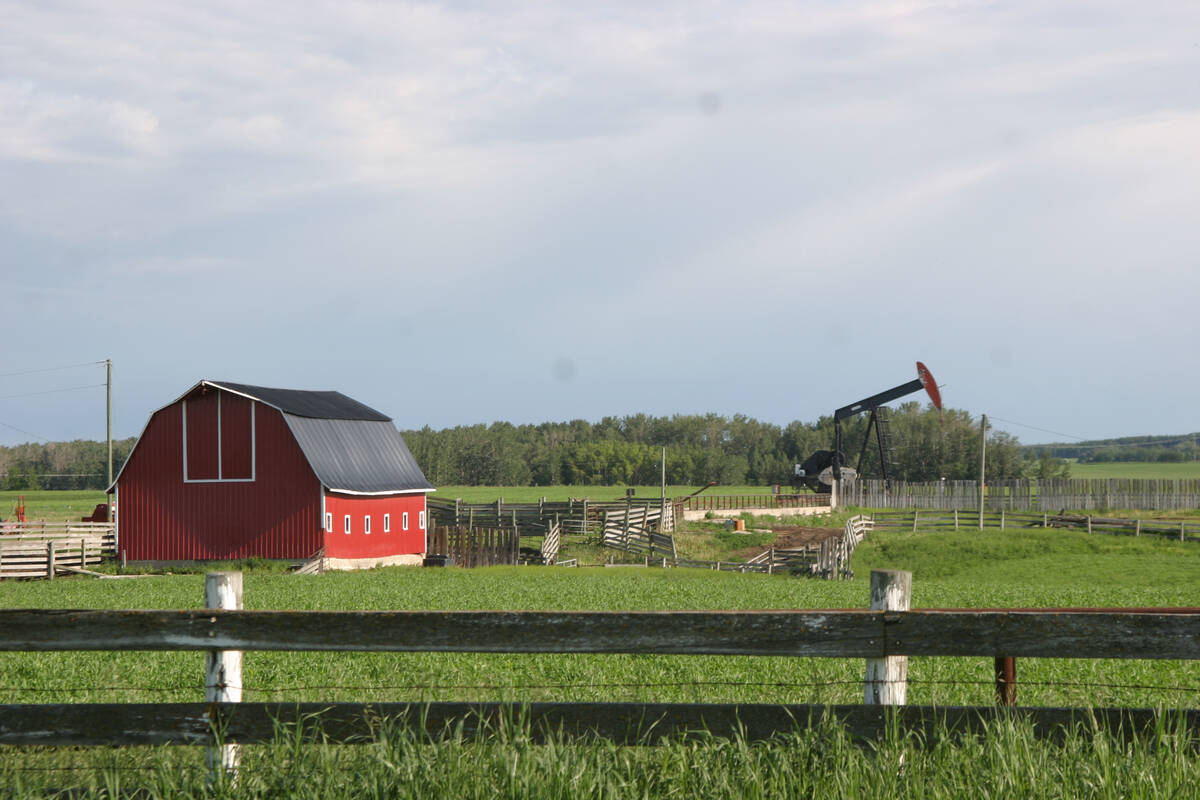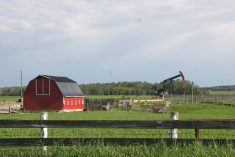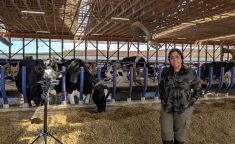COSTLY PROBLEM Prairie producers spend $500 million annually trying to control wild oats, but in Alberta, 50 per cent are resistant to Group 1 herbicides
Wild oats are Canada’s biggest weed problem — and researchers at the Field Crop Development Centre hope winter wheat can become a big part of the solution.
Alternative methods for controlling wild oats are becoming increasingly important, said Neil Harker, an Alberta Agriculture weed scientist who is leading the research in this area.
“A lot of our herbicide tools are becoming a little less useful because of weed resistance to herbicides,” said Harker.
Prairie producers spend $500 million annually trying to control wild oats. Already in Alberta, wild oats have about a 50 per cent chance of resistance to Group 1 herbicides, and are developing resistance to Group 2 herbicides. Wild oats in central Alberta may also be resistant to Avadex, which was used in continuous barley.
Read Also

Recommendations in the mature assets strategy could cause potential problems for landholders
The Western Stock Growers’ Association urges producers to pay attention to the potential changes to Alberta’s Mature Assets Strategy.
“We’re looking at practices where we can still maintain crop production, but use less selection pressure for resistance to weeds,” said Harker.
The current experiment includes different seeding rates and cutting silage to decrease wild oats. Previous studies included rotations of wheat, barley, peas and canola, which are all summer annual crops. Reliance on summer annual crops has allowed wild oats to thrive, said Harker.
“That’s probably why the top three weeds in Canada are all summer annuals, because we grow summer annual crops,” Harker said.
Wild buckwheat and green foxtail are the other two weeds which cause the most problems for western Canadian farmers.
Winter wheat is becoming a more popular crop due to timing and labour advantages, but also because wild oat herbicides are not needed in winter cereals. Tests involve early-cut silage followed by fall rye or higher seeding rates. Many of the plots have three years of tests involving no herbicides.
“Our hypothesis is that some of these treatments, without herbicide, will be as good as the canola/wheat rotation that includes herbicide,” Harker said.
The current study included a much more diverse rotation which includes early-cut silage rotations and double seeding rates of crops. The five-year study is currently in its third year. Winter wheat and fall rye are now included in the rotation.















